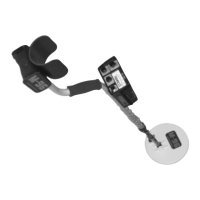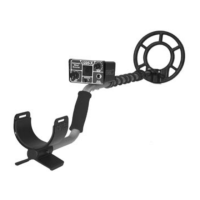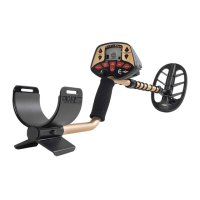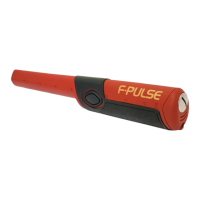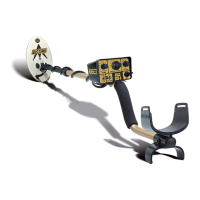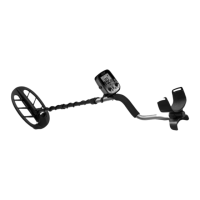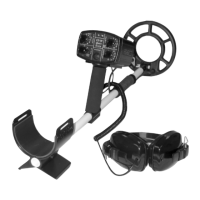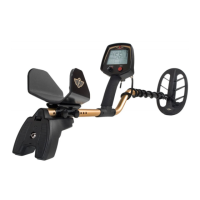TARGET IDENTIFICATION
7. Set your discrimination at an appropriate level. If
there’s very little trash in the area, set it low, say at
iron discrimination and dig every good signal. If there
is a lot of trash present and you’re mainly interested
in coins, set the discrimination level high—you may
even want to sacrifice nickels and zinc pennies in
extremely trashy areas. If you’re looking for gold
rings, relics, artifacts, or small ancient coins, you’ll
have to set your discrimination level low. The best
way to find out how low is to bury some sample
targets or just dig everything for awhile until you get
a feel for which target classifications will be the most
productive.
8. Look for repeatable signals and don’t waste time
on disappearing or one-way signals. If you hear a
good beep but can’t repeat it when you go back
over the target area, or if it beeps in only one sweep
direction, it’s probably a piece of trash—something
below your discrimination setting.
9. If you’re in a relatively non-trashy area, try searching
in the Autotune mode and then identify your targets
by switching to DISC = 0. You’ll find more and deeper
targets this way.
10. If you’re having any difficulty pinpointing or identifying
a target in the ID mode, don’t waste any more time.
Push the pinpoint button for quick pinpointing then
release it for accurate ID.
11. If your target disappears when you go into the Pinpoint
mode, you’ve probably tuned it out by pressing the
button too close to the target or over another piece
of metal. Try again, this time pushing the PINPOINT
button over another piece of ground.
12. Don’t waste a lot of time digging holes for targets
you can’t find if your hole keeps getting deeper and
wider, cover it up and go on. You may be over a
buried pipe or some other large deep target.
21
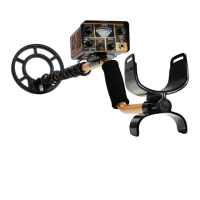
